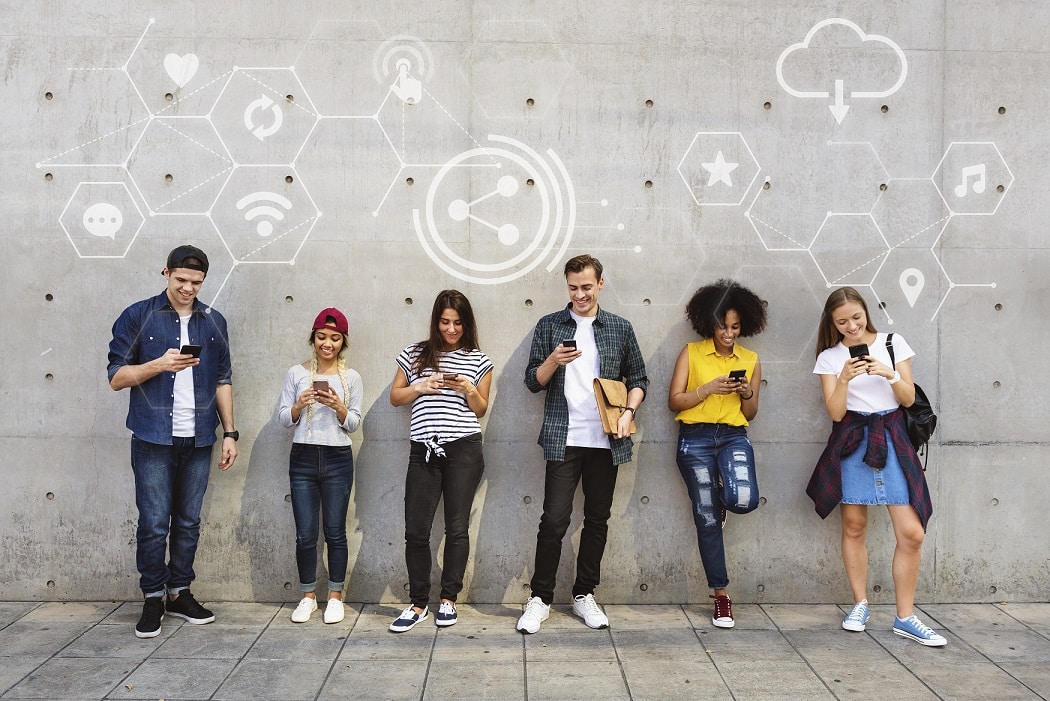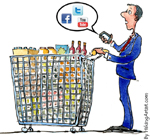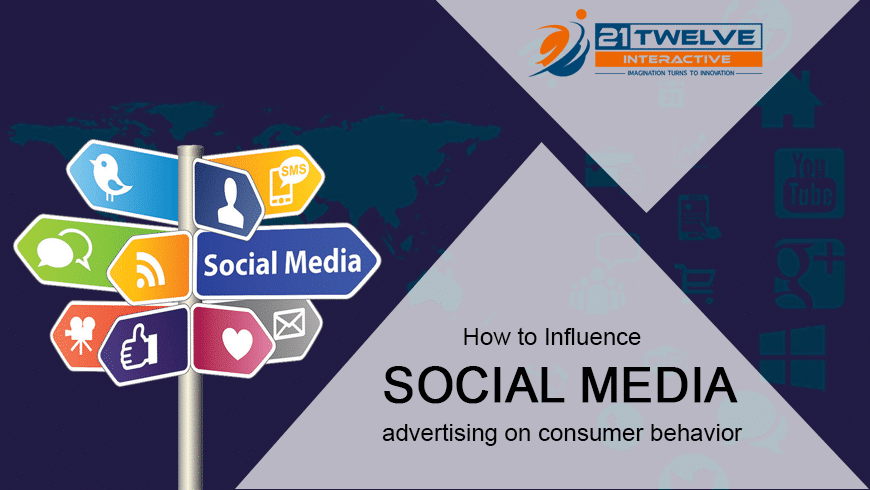Social media has greatly impacted consumer behavior in recent years. With the proliferation of platforms like Facebook, Instagram, and Twitter, businesses have a new way to reach and interact with their customers. Consumers, in turn, have access to a wealth of information and recommendations from their peers, influencers, and brands themselves.
One way that social media has changed consumer behavior is by increasing the amount of information available to consumers. Prior to the internet, consumers had to rely on traditional forms of advertising and word-of-mouth recommendations to make purchasing decisions. Now, they can easily research products and services online, including reading reviews and comparing prices. This has given consumers more power in the purchasing process, as they are able to make more informed decisions.
Another way that social media has impacted consumer behavior is by creating a sense of community and social influence. Consumers are more likely to trust and be influenced by the recommendations of their friends and peers, and social media has made it easier for individuals to share their experiences and opinions with a large audience. This can lead to the creation of "trends" and "fads" as certain products or services become popular through social media.
Social media has also given businesses a new way to reach and engage with their customers. Companies can use social media to showcase their products and services, interact with customers, and gather feedback. This can lead to more personalized and targeted marketing efforts, as businesses can use data gathered from social media interactions to better understand the needs and preferences of their customers.
Overall, social media has had a significant impact on consumer behavior. It has increased the amount of information available to consumers, created a sense of community and social influence, and given businesses a new way to reach and engage with their customers. As social media continues to evolve, it is likely that it will continue to shape and influence consumer behavior in new and unexpected ways.
How Does Social Media Influence Consumer Behavior? 14 Stats

Does it mean that the image economy was established to harm the society? Unfortunately, not all companies can cope with the technology of product motivation. Psychological factors are based on their perceptions and attitudes, including their ability to comprehend information and how they see their needs. It is not acceptable to use social media as a crutch to avoid dealing with real-life issues; instead, it should be viewed as a way for people to connect with other people and learn from their mistakes. Computers in Human Behavior. Though, this new trend in marketing has provided equal opportunities to businesses irrespective of size, and it has also increased the challenge and complexity of landscape in which companies operate. This process can be described as an electronic commerce process that allows consumers to interact and buy products or services from an online sellers or company to meet their purchases' needs.
How Does Social Media Impact Consumer Buying Behavior?

REVIEWS FROM SOCIAL MEDIA CONNECTIONS Social medias initial purpose was to connect people and allow them to share information. This primarily focuses on psychology, motivations, and behaviors, such as how people choose between brands, how they research and shop, and how marketing campaigns can be improved so brands can effectively influence them. You now know that this product is the real deal because the person you follow has already tried it and loved it. Finally, social media is also impacting the way consumers handle customer service issues. Social media is also changing the way consumers shop.
4 Ways Social Media Impacts Consumer Behavior

Customers who were at first totally averse to advertisements later become increasingly more tolerant. Darley WK, Blankson C, Luethge DJ. Economic factors, in addition to product costs, availability, and financial constraints, are important. Once they complete the acquisition they let others know more about it and an even greater number of people are pulled into the consumerism web. However, as a person, prolonged usage is likely to make you unhappy and depressed. To help narrow down their choices, they also consider their needs.
Social Media Effects on Consumer Behaviour

A customer, for example, who sees a product on Instagram can instantly look up other reviews on the hashtag to make a decision on whether to buy it or not. Conclusion The image economy comes along with social media to promote and reach distant consumers in the business world. Much appeal is achieved via image economy since quicker, competent, and successful partnership is possible among diverse ventures Whitely 1984. The more information available, the more likely the consumer will make the buying choice that fits his or her needs -- and that might not be your company's goods if others have reported negative experiences. The image economy operates on reputation. A study on factors determining social media on cosmetic product.





